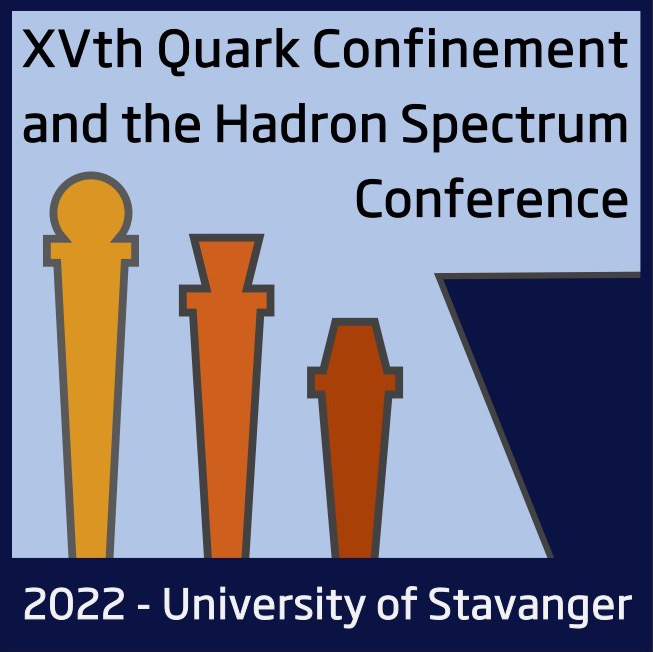Speaker
Description
Strongly coupled matter called quark–gluon plasma (QGP) is formed in heavy-ion collisions at RHIC and the LHC. The expansion of this matter, caused by pressure gradients, is known to be hydrodynamic. The computations show that the expanding QGP has a small shear viscosity to entropy density ratio (η/s), close to the known lower bound 1/4π. In such a medium one expects that jets passing through the medium would create Mach cones. Many experimental trials have been done but proper evidence of the Mach cone has not been found yet [1, 2]. The Mach cones were thought to cause double-bumps in azimuthal correlations. However, these were later shown to be the third flow harmonic.
In our study, a new method is proposed for finding the Mach cone with so called event-selection-engineering. The higher order flow harmonics and their linear response are known to be sensitive to the medium properties. Hence a Mach cone produced by a high momentum jet would change the system prop- erties and, thus, the observable yields. Different flow observables are studied by selecting high energy jet events with various momentum ranges. Considered observables for different momenta are then compared to the nominal events.
We report differences in the flow harmonics and their correlations to sepa- rate jet momenta which showcase a clear evidence of Mach cone formation in the heavy-ion collisions. The observations of various jet momenta are then quanti- fied with χ2-test to see the sensitivities of different observables to momentum selections.
References
[1] K. Aamodt et al. Higher harmonic anisotropic flow measurements of charged particles in Pb-Pb collisions at √sNN=2.76 TeV. Phys. Rev. Lett., 107:032301, 2011.
[2] A. Adare et al. Transition in Yield and Azimuthal Shape Modification in Dihadron Correlations in Relativistic Heavy Ion Collisions. Phys. Rev. Lett., 104:252301, 2010.

